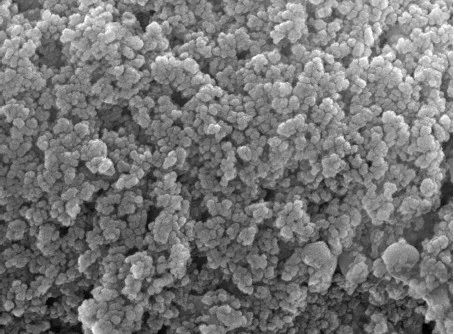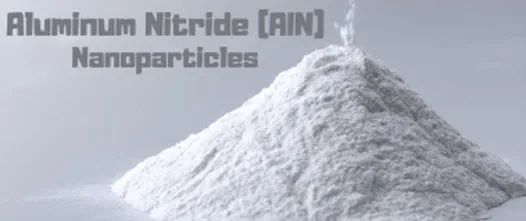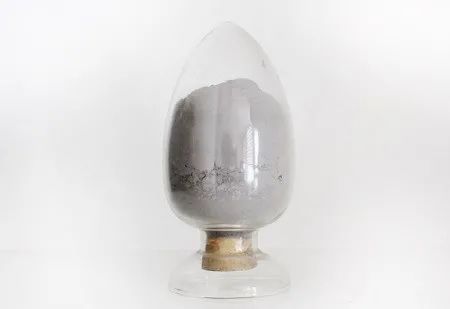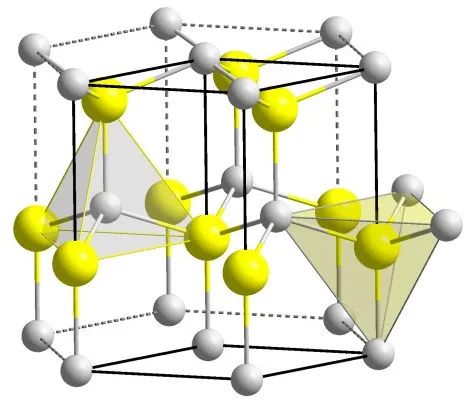
Privacy statement: Your privacy is very important to Us. Our company promises not to disclose your personal information to any external company with out your explicit permission.
With the progress and development of technology, the operating current, working temperature and frequency in devices have been gradually getting higher. In order to meet the dependability of devices and circuits, higher requirements have been put forward for chip carriers. Ceramic Substrates are widely used in these fields because of their excellent thermal properties, microwave properties, mechanical properties and high reliability.
At present, the main ceramic materials used in ceramic substrates are: alumina (Al2O3), aluminum nitride (AlN), silicon nitride (Si3N4), silicon carbide (SiC) and beryllium oxide (BeO).
Purity (W/k.m) Relative electrical constant Disruptive field intensity (KV/mm^(-1)) Powder with highly toxic, Therefore,limit to use Si3N4 99% 106 9.4 100 Optimal overall performance SiC 99% 270 40 0.7 Only fit for low-frequency applications
Material Brief Comments Al2O3 99% 29 9.7 10 AlN 99%
150 8.9 15 BeO 99% 310 6.4 10
Let's see the brief characteristics of these 5 Advanced ceramics for substrates as follows:
1. Alumina (Al2O3)
Al2O3 homogenous polycrystals can reach more than 10 kinds, and the main crystal types are as follows :α-Al2O3, β-Al2O3, γ-Al2O3 and zta-al2o3. Among them, α-Al2O3 has the lowest activity and is the most stable among the four main crystal forms, and its unit cell is a pointed rhombohedron, belonging to the hexagonal crystal system. α-Al2O3 structure is tight, corundum structure, can exist stably at all temperatures; When the temperature reaches 1000 ~ 1600 ° C, other variants will irreversibly transform into α-Al2O3.

Figure 1: Crystal microstruture of Al2O3 under SEM
2. Aluminum Nitride(AlN)
AlN is a kind of group ⅲ-V compound with wurtzite structure. Its unit cell is AlN4 tetrahedron, which belongs to hexagonal crystal system and has strong covalent bond, so it has excellent mechanical properties and high bending strength. Theoretically, its crystal density is 3.2611g/cm3, so it has high thermal conductivity, and the pure AlN crystal has a thermal conductivity of 320W/(m·k) at room temperature, and the thermal conductivity of the hot-pressed fired AlN substrate can reach 150W/(m·K), which is more than 5 times that of Al2O3. The thermal expansion coefficient is 3.8×10-6 ~ 4.4×10-6/℃, which is well matched with the thermal expansion coefficient of semiconductor chip materials such as Si, SiC and GaAs.

Figure 2: Powder of aluminum nitride
AlN ceramics have higher thermal conductivity than Al2O3 ceramics, which gradually replaces Al2O3 ceramics in high-power power electronics and other devices requiring high heat conduction, and has broad application prospects. AlN ceramics are also considered as the preferred material for the energy delivery window of power vacuum electronic devices due to their low secondary electron emission coefficient.
3. Silicon Nitride (Si3N4)
Si3N4 is a covalently bonded compound with three crystal structures :α-Si3N4, β-Si3N4, and γ-Si3N4. Among them, α-Si3N4 and β-Si3N4 are the most common crystal forms, with hexagonal structure. The thermal conductivity of single crystal Si3N4 can reach 400W/(m·K). However, due to its phonon heat transfer, there are lattice defects such as vacancy and dislocation in the actual lattice, and impurities cause phonon scattering to increase, so the thermal conductivity of the actual fired ceramics is only about 20W/(m·K). By optimizing the proportion and sintering process, the thermal conductivity has reached 106W/(m·K). The thermal expansion coefficient of Si3N4 is about 3.0×10-6/ C, which is well matched with Si, SiC and GaAs materials, making Si3N4 ceramics an attractive Ceramic Substrate material for high thermal conductivity electronic devices.

Figure 3: Powder of silicon nitride
4.Silicon Carbide(SiC)
Single crystal SiC is known as the third generation semiconductor material, which has the advantages of large band gap, high breakdown voltage, high thermal conductivity and high electron saturation speed.

5. Beryllia (BeO)
The BeO is wurtzite structure and the cell is cubic crystal system. Its thermal conductivity is very high, BeO mass fraction of 99% BeO ceramics, at room temperature, its thermal conductivity (thermal conductivity) can reach 310W/(m·K), about 10 times the thermal conductivity of the same purity Al2O3 ceramics. Not only has a very high heat transfer capacity, but also has low dielectric constant and dielectric loss and high insulation and mechanical properties, BeO ceramics are the preferred material in the application of high-power devices and circuits requiring high thermal conductivity.

Figure 5: Crystal structure of beryllia
At present, the commonly used ceramic substrate materials in China are mainly Al2O3, AlN and Si3N4. The ceramic substrate made by LTCC technology can integrate passive components such as resistors, capacitors and inductors in the three-dimensional structure. In contrast to the integration of semiconductors, which are primarily active devices, LTCC has high-density 3D interconnect wiring capabilities.
LET'S GET IN TOUCH

Privacy statement: Your privacy is very important to Us. Our company promises not to disclose your personal information to any external company with out your explicit permission.

Fill in more information so that we can get in touch with you faster
Privacy statement: Your privacy is very important to Us. Our company promises not to disclose your personal information to any external company with out your explicit permission.